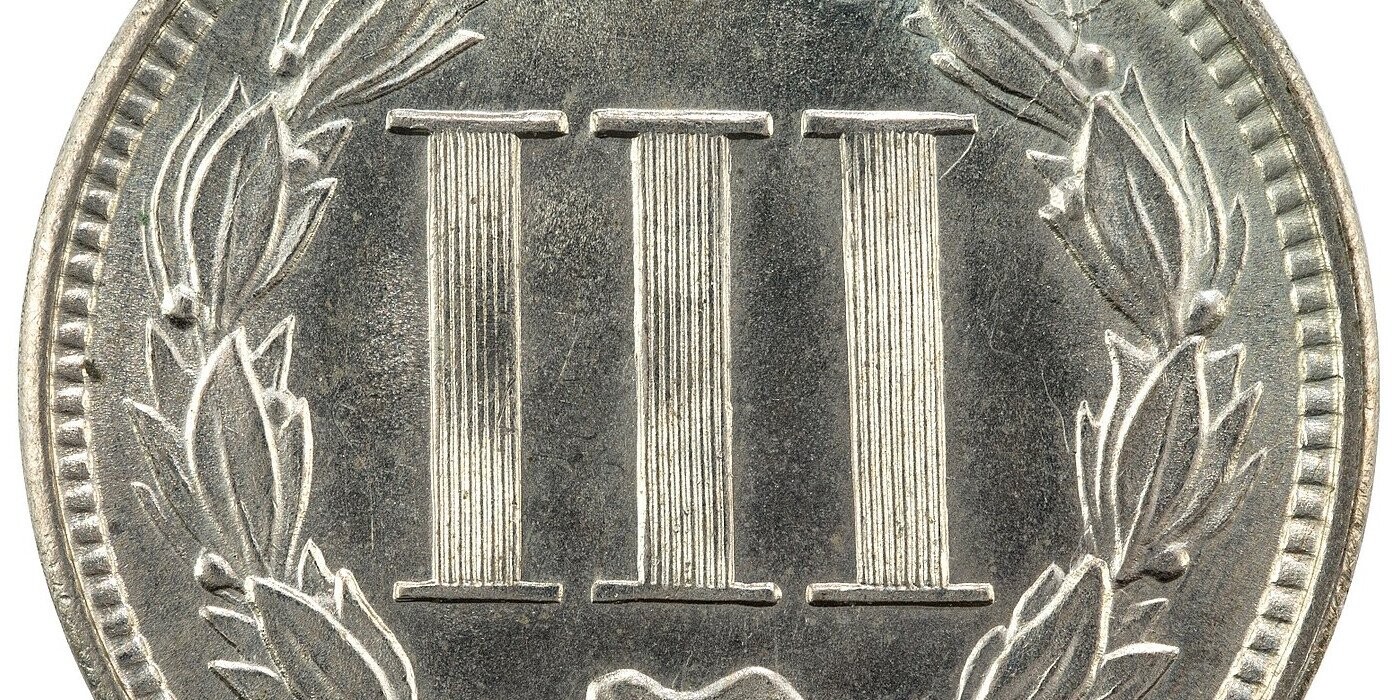15 Rich Facts About Old Money

While there is a lot to be said for the insane future we currently inhabit, where cash never changes hands, children have never seen coins in non-Tooth-Fairy contexts and you can spend thousands upon thousands just using your phone, there’s still something to the tangibility of good old-fashioned cash — whether it’s a stack of notes, an incredibly pleasing roll of quarters or a fascinating rarity someone has picked up on their travels.
So, as we move toward #cashlesslife, we’re losing something. Money has history to it, stories within it. Coins and notes travel from person to person, business to business, passing through people from all walks of life. (Most banknotes contain trace amounts of both cocaine and human shit, proof of this.)
And it’s interesting stuff, constantly changing with technology, inflation, scientific and commercial breakthroughs. Waving an iPhone at a little machine is never going to be as cool as paying for a coffee with a doubloon.
Click right here to get the best of Cracked sent to your inbox.
Dinosaur Heads and Prehistoric Tails

The world’s oldest known coin is the Lydian Lion, dating from 600 BCE. It only has a design on one side, was created in what is now Turkey, and was worth around a full month’s wages at the time.
Note As Difficult As Lugging Gold Around

Paper money was first used in China in the seventh century. Almost a thousand years would pass before Europe also developed the ability to make it rain.
Name Your Price

In the 1700s, the Bank of England issued partly-incomplete notes — the pound sign and the first digit were there, but the rest had to be handwritten and signed by the chief cashier (whose signature is still on banknotes today).
The Founding Father Who Foiled Forgers

In 1739, Benjamin Franklin began experimenting with anti-forgery measures on banknotes, including incredibly intricate, hard-to-copy nature prints made from real leaves.
No Notes for You

Until the 18th century, in Britain, most people went their whole lives without touching a banknote — the minimum sum available was £50, and the average income was less than £20 per year, so a banknote was some fancy, fancy shit.
Four Score and Two Bucks Ago

The first $2 note is older than the United States of America: The first ones were issued on June 25, 1775.
1 Percent of Fiddy

The first coin officially minted as United States currency was the 1792 Half Cent, produced in Philadelphia as part of the passing of the Coinage Act, which declared that the U.S. dollar was now the country’s standard monetary unit.
Three Dollar Bill, Yall$

Starting in the 1850s, the U.S. Mint issued both three-cent and $3 coins. Three-cent stamps were common at the time, and these were intended to make their purchase more straightforward. This didn’t last long, because it was stupid.
Keen on the Green

The reason U.S. banknotes are green is to combat forgery — early photographic technology was much better at copying black and white, so green was added in 1861. By the time notes were fully standardized in 1929, green meant money.
Shitposters

Between 1862 and 1876, America had notes worth fractions of a dollar. Known as “shinplasters,” they came in 3, 5, 10, 15, 25 and 50 cent denominations — the high price of metal meant low-denomination coins cost more than their value.
A Hip, Hip, Lady

The 1886 Martha Washington One Dollar Certificate is the only time a woman has been the subject of the primary portrait on a U.S. banknote.
Rock, Flag and Eagle

A 1933 U.S. coin, the Saint-Gaudens Gold Double Eagle, sold in 2002 for nearly $8 million. The end of the gold standard meant they never entered circulation and were immediately melted down, but a few were pocketed by mint workers.
Let’s Talk About Sextillions, Baby

The highest denomination note, in terms of sheer big-ass numbers, was in Hungary in 1946 during hyperinflation. Hundred-quintillion dollar notes were in circulation, while sextilion dollar notes were printed but never circulated.
Empire of Insanity

Britain had a truly baffling system. Two farthings made a ha’penny, two ha’pennies a penny, 12 pennies a shilling, 20 shillings a pound and 21 shillings a guinea. One penny was shorted to 1d, and a pound had 240 pennies.
Pearl of the Orient

If you’re up to some kind of criminal nefariousness demanding bags of cash, you want Hong Kong dollars. The HK$1,000 note is the highest-value note in wide circulation, always worth US$128 as the currencies are linked.